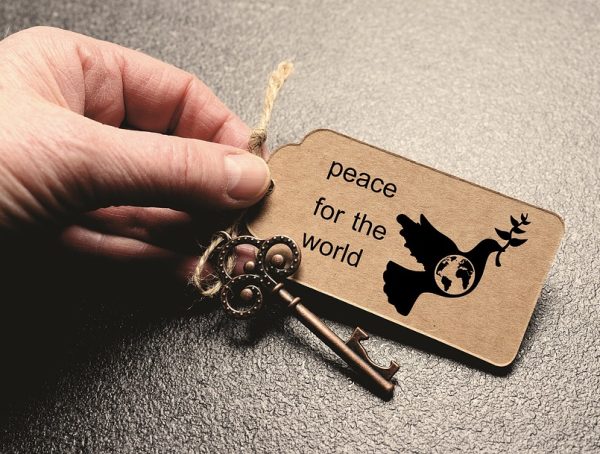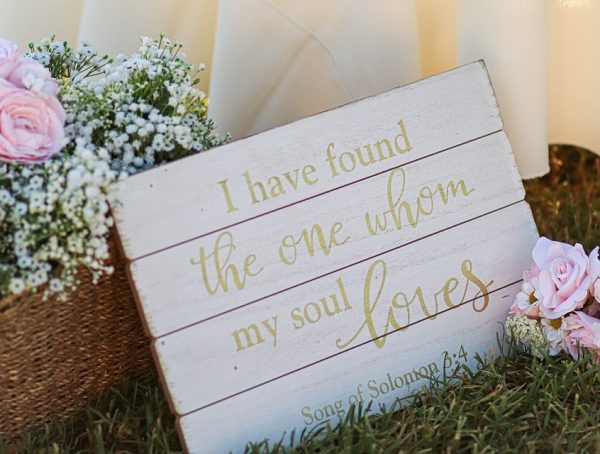The Role of Inner Peace Symbols in Spiritual Practices
In today’s fast-paced world, finding moments of tranquility can seem almost impossible. However, various spiritual practices have emerged to help individuals cultivate inner peace and create a harmonious state of mind. One of the pivotal tools in these practices is the use of inner peace symbols. These symbols carry deep meanings and serve as reminders of our personal journeys toward calm, purpose, and fulfillment.
The Significance of Inner Peace Symbols
Inner peace symbols are visuals or objects that evoke feelings of serenity and balance. They can be anything from natural elements like the lotus flower, which symbolizes purity and beauty emerging from the mud, to more abstract symbols like the yin-yang, which represents harmony between opposing forces. These symbols provide a focal point for meditation, mindfulness, and contemplation, helping individuals anchor their thoughts and emotions.
1. Lotus Flower
The lotus flower is a prominent symbol in many cultures, particularly Buddhism and Hinduism. It represents resilience, transcendence, and the ability to rise above adversity. In spiritual practices, meditating on the lotus can inspire self-awareness and encourage personal growth by acknowledging life’s struggles while aspiring to achieve higher states of being.
2. Yin-Yang
Originating from ancient Chinese philosophy, the yin-yang symbol represents balance and duality. It teaches us that opposites are interconnected and interdependent; one cannot exist without the other. By reflecting on this symbol, practitioners can cultivate inner peace by accepting both the light and dark aspects of their lives, fostering a more holistic view of existence.
3. Om Symbol
In Hinduism, the ‘Om’ symbol is considered a sacred sound and a spiritual icon. It encompasses the essence of the ultimate reality, consciousness, and the universe. Chanting ‘Om’ or visualizing its shape during meditation can create vibrations that foster a sense of connection and inner peace.
4. Peace Sign
The peace sign is a modern symbol recognized worldwide. Originating in the 1950s, it has transcended its political roots to become a universal emblem of peace. Incorporating this symbol into your daily life can serve as a continuous reminder to cultivate peace in all aspects of existence.
Integrating Inner Peace Symbols into Your Spiritual Practice
Bringing inner peace symbols into your spiritual practices can create intentionality and depth to your journey. Here are action steps to guide you through this integration:
Step 1: Choose Your Symbols
Spend some time reflecting on which inner peace symbols resonate most with you. They might be cultural, spiritual, or personal symbols that evoke sentiments of calmness and balance. Make a list of a few that speak to your heart.
Step 2: Create a Focus Space
Designate a physical or mental space where you can engage with your chosen symbols. This could involve setting up an altar with images, ornaments, or objects representing your symbols. You can also envision this space during meditation or mindfulness exercises.
Step 3: Incorporate Meditation
Use your symbols as focal points during meditation. Sit comfortably in your designated space, hold or visualize your symbol, and focus on its attributes. Allow your mind to drift into a state of calmness and presence, letting go of distractions.
Step 4: Affirmations and Mindfulness
Create affirmations related to your symbols. For example, you might say, “I embody the resilience of the lotus flower” or “I find balance in every aspect of my life.” Repeat these affirmations daily, integrating them into your mindfulness practices to remind yourself of your journey toward inner peace.
Step 5: Visual Reminders
Keep your chosen symbols visible in your everyday life. This could involve wearing jewelry with your inner peace symbols, using wallpapers featuring them on your phone or computer, or placing them in locations where you spend time. The goal is to create a visual reminder that brings your focus back to peace whenever needed.
Step 6: Share and Connect
Engage in discussions about inner peace symbols with like-minded individuals. Consider joining a community or group centered around spiritual growth. Sharing your experiences can give you new perspectives and insights enabling you to deepen your practice.
Conclusion
Inner peace is not merely a state of mind; it is a way of being that permeates our thoughts, actions, and interactions. By incorporating symbols of inner peace into your spiritual practices, you create a bridge toward a more fulfilling and tranquil life. Choose symbols that resonate with you, and use them to deepen your connection to yourself and the world around you.
Inner peace is within your reach; all it takes is a willingness to explore, understand, and integrate these symbols into your spiritual journey. Embrace the journey and savor the moments of tranquility as they arise.
“Peace comes from within. Do not seek it without.” — Buddha
If you enjoyed this content and are interested in more insights about spirituality, mindfulness, and inner peace, follow Kevin Steineman on Instagram @KSteineman.
You might also like
More from Mindfulness
Where Peace Resides: Nature Quotes for Stillness
Where Peace Resides: Nature Quotes for Stillness In a world of incessant noise and relentless activity, finding moments of tranquility can …
A Collection of 35 Short Peace Quotes for Everyday Life
A Collection of 35 Short Peace Quotes for Everyday Life In the hustle and bustle of modern life, it’s easy to …
30 Short Quotes That Will Bring You Inner Peace
30 Short Quotes That Will Bring You Inner Peace In the hustle and bustle of everyday life, finding inner peace can …


































